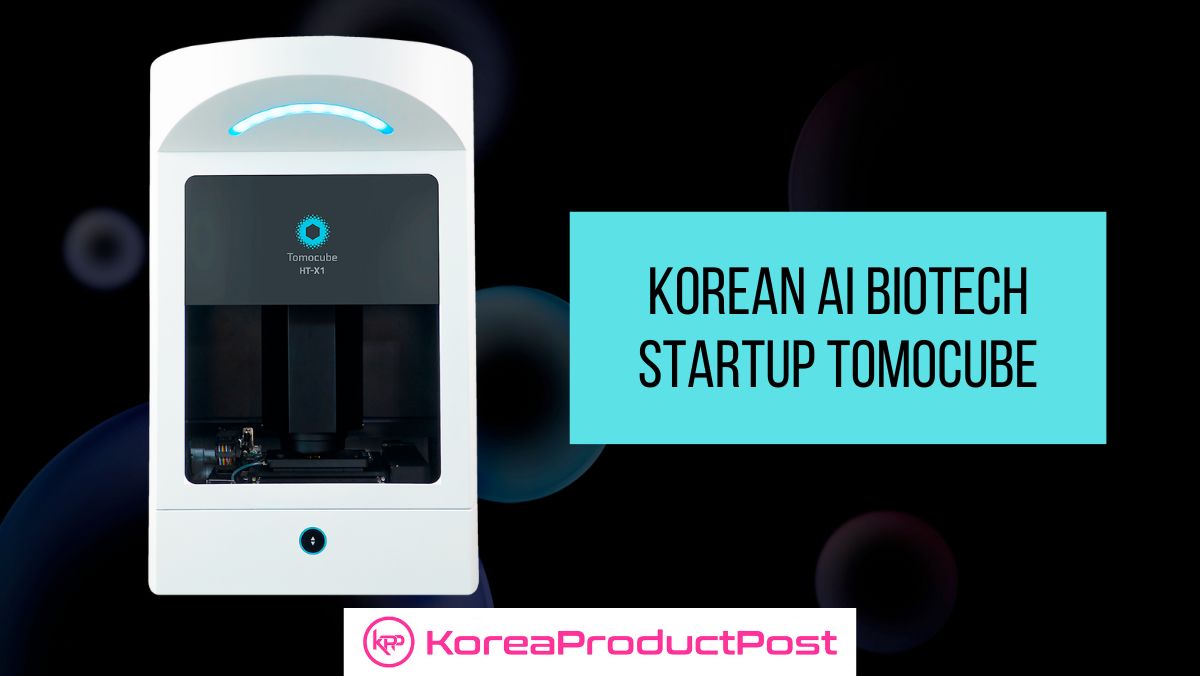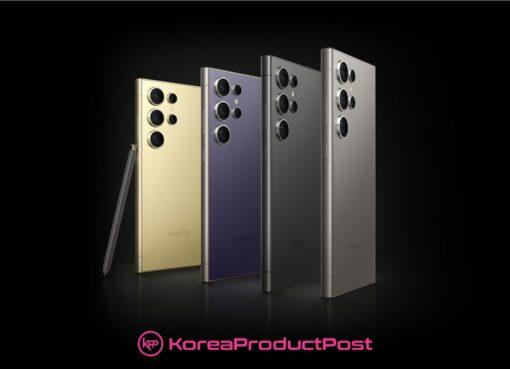Korean AI biotech startup Tomocube is innovating cell-based explorations so that users can produce the best results in their research.
This company is making a major leap toward how diseases will be diagnosed and treated. Founded in 2015, Tomocube provides a technology that does imaging solutions with label-free 4D.
Overview of Tomocube
The CTO of Tomocube, Yongkeun Park, has a passion for science and innovation. As a result, the idea of solving biochemical issues came into his mind. After that, he and his team adapted a physics-based approach to solving those problems.
After studying for his doctorate in Medical Physics and Medical Engineering in 2010, he continued his journey at the Korea Advanced Institute of Science and Technology (KAIST). He handled laser optics in KAIST where his objective was to understand, diagnose and treat human disease. His group developed a label-free technique which we can see in Tomocube today. This technique is a vital discipline in Quantitative Phase Imaging (QPI).
The recognition of QPI will make a big impact on the development of biochemical research. Moreover, it will also improve the understanding of pathophysiology.
Tomocube and Its Product HT-X1
The new microscope, HT-X1, is perfect for automated and higher-throughput screening applications. It is possible due to its ability to image multi-well plate formats, a huge field of view, a laser autofocus system, and extremely high-performance 0.95NA objective.
Core imaging facilities will particularly value the included gaseous incubator for lengthy time-lapse investigations and the software-driven design that enables numerous users to access the powerful performance through TomoStudio X’s user-friendly interface.
Our very first HT-X1 to have its own corner at The Scientific Center for Optical and Electron Microscopy (ScopeM), ETH Zürich, months before it was officially launched.https://t.co/aCguImPk9x#tomocube #holotomography #HT #microscopy #imaging #biotechnology #htx1 #newproduct pic.twitter.com/dspkIcmKvW
— TOMOCUBE, INC. (@Tomocubeinc) July 18, 2022
Most of the studies for life science are about how the cells interact with each other, says Aubrey Lambert, Chief Marketing Officer of Tomocube. The technique that many uses diminish the quality and quantity of the information available to researchers. Moreover, it also limits the study of the thicker specimen and alters the cells’ health in the process.
HT-X1 by Tomocube does not have all these issues and limitations. As a result, the device can work with cell sheets that are growing together. Other than that, HT-X1 also significantly reduces the noise of laser-induced speckles. As a result, it causes an enhanced contrast. Above all, HT-X1 delivers enhanced illumination and the ability to study thicker specimens.
All the holotomographic products from Tomocube uses optical diffraction tomography (ODT). This allows users to leverage the stud of biological cells and tissues. The ODT present in these Holotomographic series is used to make the 3D refractive index (RI) and distribution of live cells. On top of that, it provides information regarding the structure and biochemical of the cells.
There is no labeling during the process, and it shows a high resolution of the structures. Above all, Tomocube ensures that its range of products gives fast imaging and low phototoxicity. The label-free imaging allows users to have zero stress. In addition, long-term imaging will also give short-term intervals. It also saves time by rapid 3D refractive index without the need to prepare samples. The products also give high resolution for all imaging. For instance, HT series products give optical resolutions below 200 nm. Other benefits are Dry mass, RI distribution, and calculated morphological parameters.
Final thoughts
Tomocube is all about cell-based exploration, where they focus on giving their customers the best imaging cells. The team is now subdivided into many places, including Korea, the UK, and the US. Above all, the company is supplemented by a global distribution network.









